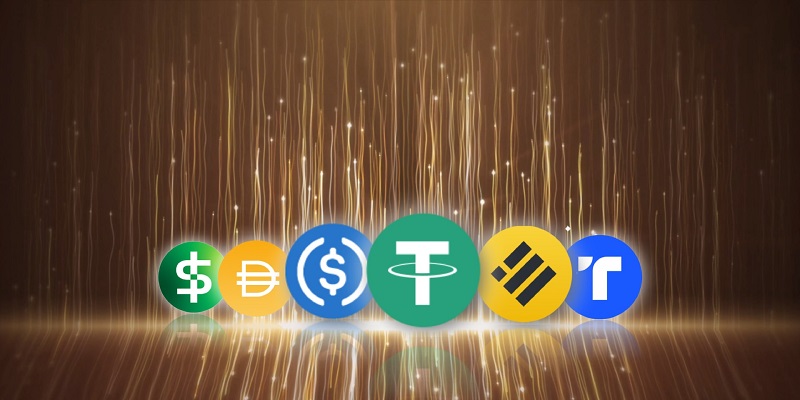In an interesting turn of events, dollar-pegged stablecoins have emerged as potential alternatives to traditional bank deposits. According to Brendan Malone, a former analyst at the Federal Reserve Board, stablecoins are inherently less susceptible to bank runs, owing to the strict management of reserves by their issuers. In this article, we delve into the structure and advantages of stablecoins, assess the risks associated with traditional banking, highlight a significant case study, and explore the legislative developments surrounding stablecoins.
Explanation of Stablecoins
Stablecoins, as the name suggests, are blockchain-based tokens designed to maintain a stable value. These tokens are typically pegged to fiat currencies, such as the U.S. dollar, or other stable assets. The underlying technology ensures transparency, security, and immutability, making stablecoins an intriguing addition to the financial landscape.
Comparison of Stability
Malone argues that stablecoins are less prone to bank runs compared to traditional banks. The strict management of reserves by stablecoin issuers mitigates the risk of sudden withdrawal demands. Unlike banks that utilize customer deposits for long-term investments, stablecoins are more conservative in nature, maintaining a high level of liquidity to facilitate constant value preservation.
Market Overview
Currently, the two dominant stablecoins in the market are Tether’s USDT and Circle’s USD Coin (USDC). Together, these stablecoins represent a staggering value of over $100 billion. Their popularity and market capitalization reflect the growing confidence in the stability and utility of dollar-pegged digital assets.
Riskiness of Traditional Banking
Traditional banking, while essential to the economy, inherently carries risks. Banks utilize customer deposits to invest in longer-duration assets, such as loans, securities, and mortgages. While this practice generates profits for banks, it also exposes them to market fluctuations and potential losses. This risk amplifies during economic downturns, leading to liquidity crises and instances where banks struggle to meet the demand for withdrawals.
Bank runs and withdrawal requests
The risk of bank runs arises when there is a significant drop in the value of the assets held by banks. If a panic ensues and multiple customers rush to withdraw their funds, a bank may find itself unable to fulfill all withdrawal requests. This inability to meet demands further erodes trust in the banking system, potentially exacerbating financial instability.
Case Study: USDC’s Loss of Peg
To illustrate the risks faced by stablecoins, we look at a notable incident involving Circle’s USD Coin (USDC). In a recent event, USDC briefly lost its peg to the U.S. dollar. Investigation revealed that the issuer had kept over $3 billion of its reserves in the form of bank deposits at SVB. When the bank experienced difficulties, this prompted concerns about the stability of USDC. The incident highlighted the importance of robust risk management frameworks for stablecoins.
The Importance of Risk Management
The unique risks associated with stablecoins necessitate tailored risk management frameworks. Traditional banking regulations may not adequately address the characteristics and vulnerabilities of stablecoins, thus emphasizing the need for specific guidelines and oversight. Effective risk management practices should focus on maintaining sufficient reserves, conducting regular audits, and implementing safeguards against external risks.
Legislative developments
The advancement of the Clarity for Payment Stablecoins Act of 2023 by the House Financial Services Committee signals significant legislative progress in the crypto space. This Act aims to provide clarity and regulatory oversight for stablecoins, ensuring investor protection and market stability. The outcome of this legislation will play a crucial role in shaping the future of stablecoins and their coexistence with traditional banking systems.
Voting on the act
The House Financial Services Committee’s recent vote on the Clarity for Payment Stablecoins Act saw limited bipartisan support. Amidst a predominantly divided vote, with only three Democrats voting in support of the Act, the proposal has generated discussions and debates among lawmakers regarding the appropriate level of regulation required for stablecoins.
With their strict management of reserves and inherent stability, dollar-pegged stablecoins are emerging as viable alternatives to traditional bank deposits. As the market for stablecoins expands and regulatory measures take shape, the potential benefits and risks associated with these digital assets come into focus. Balancing innovation with prudence, it is crucial for policymakers, regulators, and industry stakeholders to work collaboratively to establish a robust framework that ensures stability, investor protection, and continued financial innovation.

